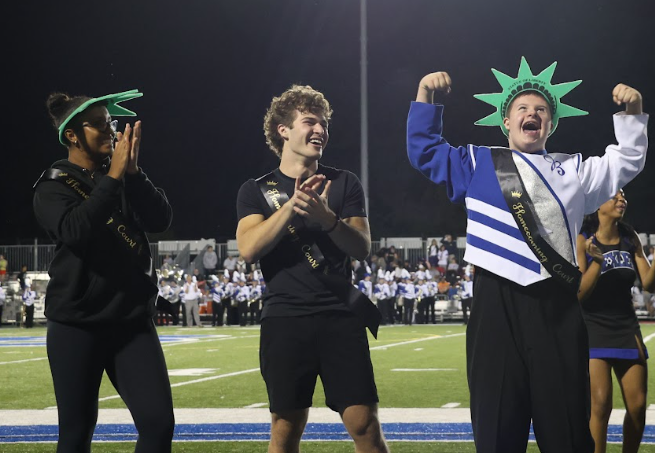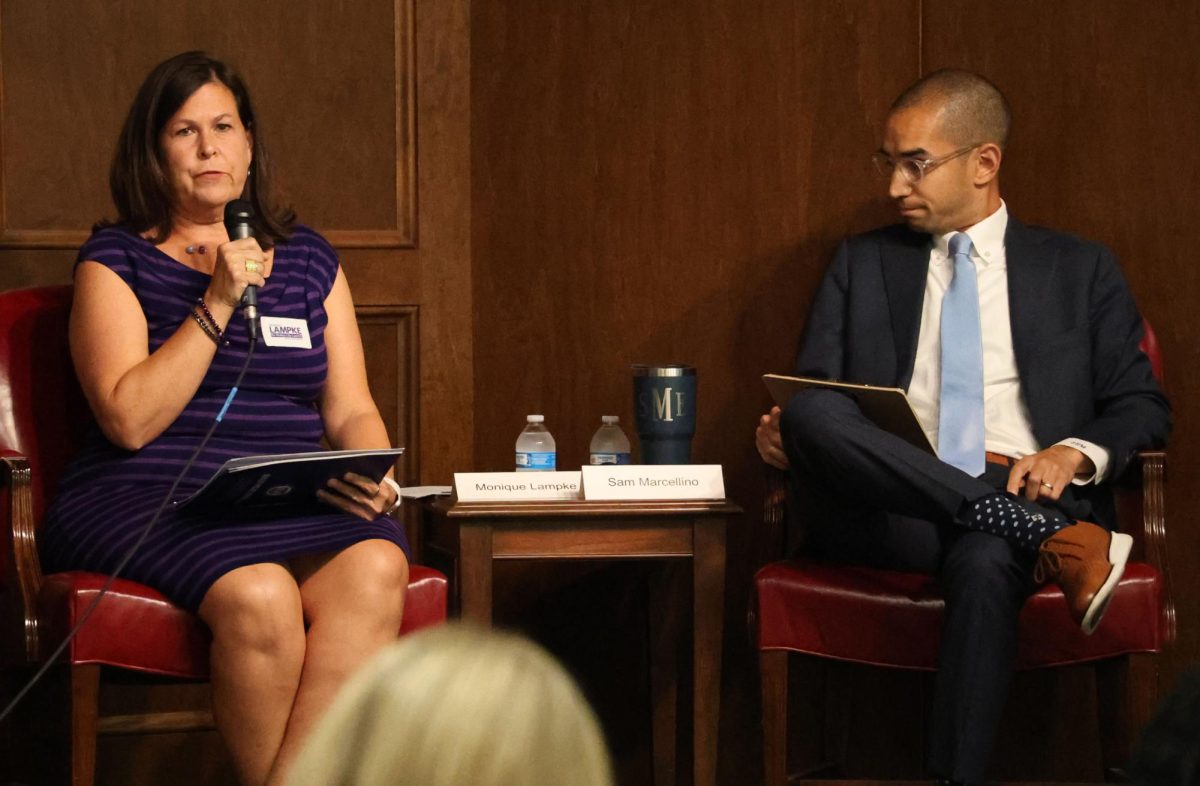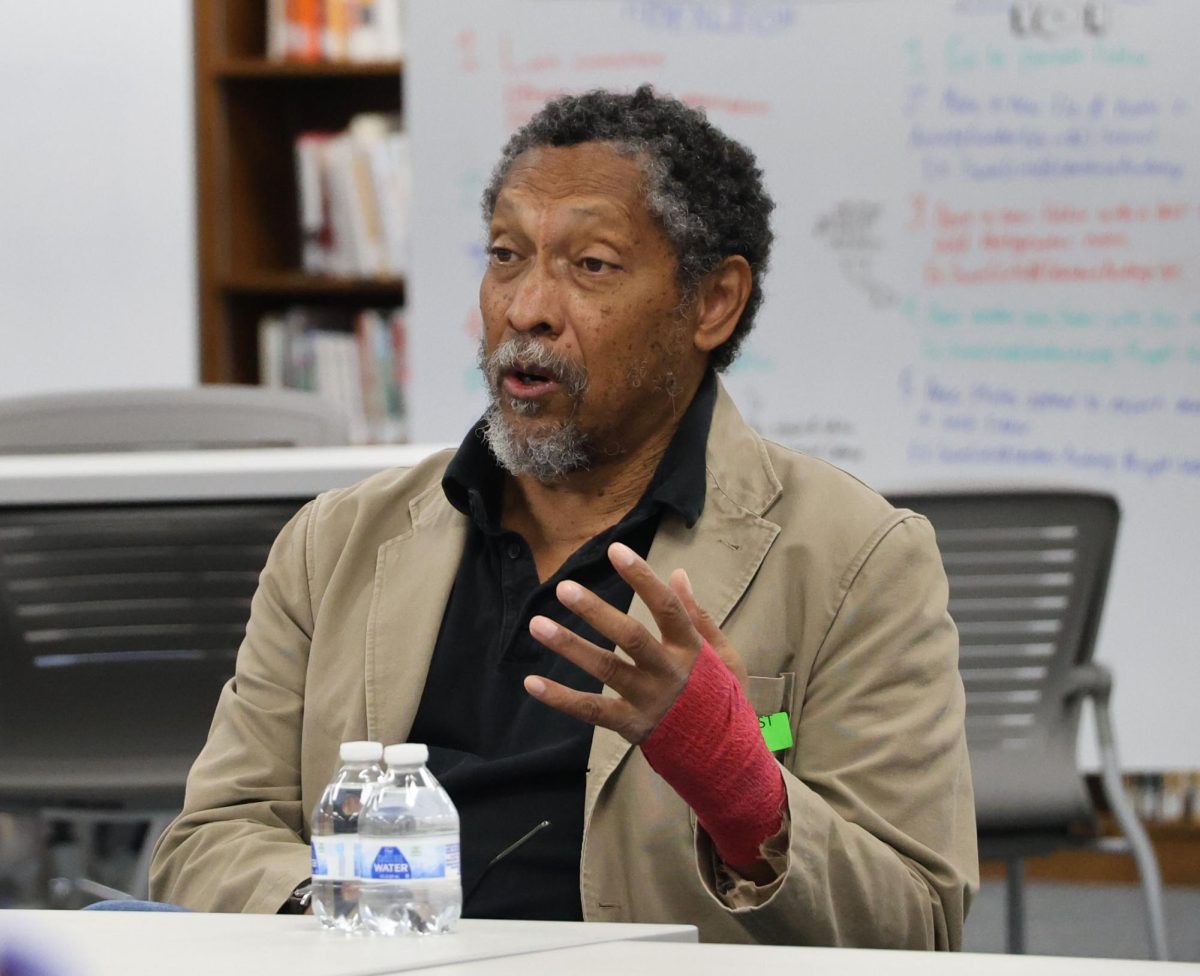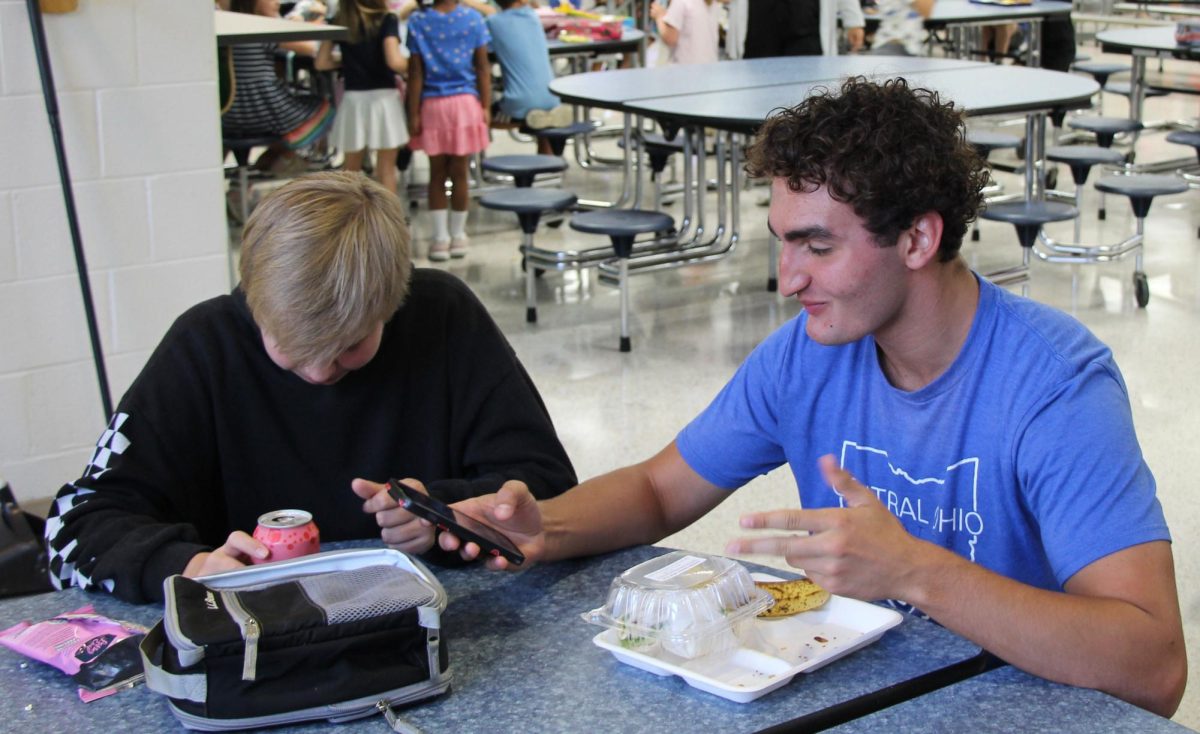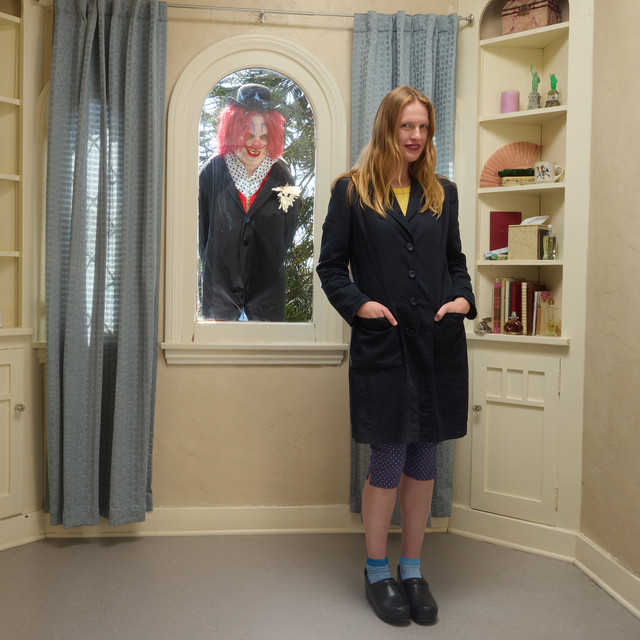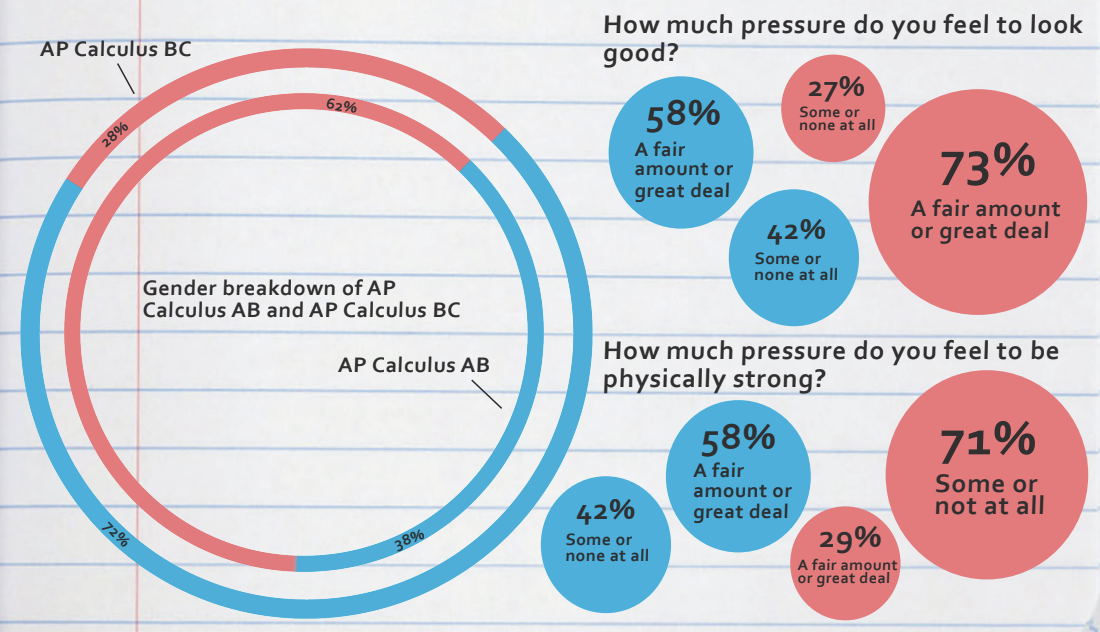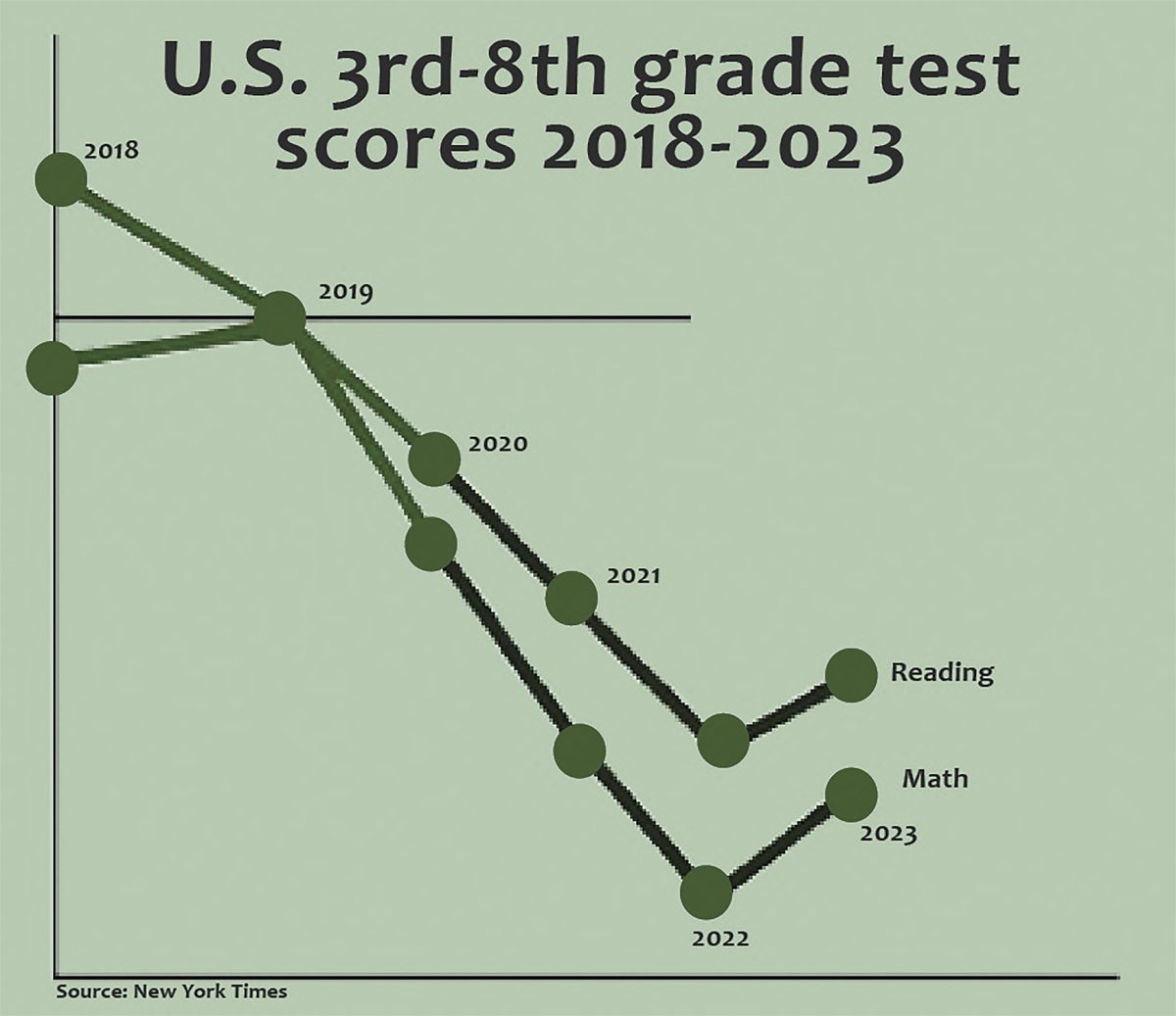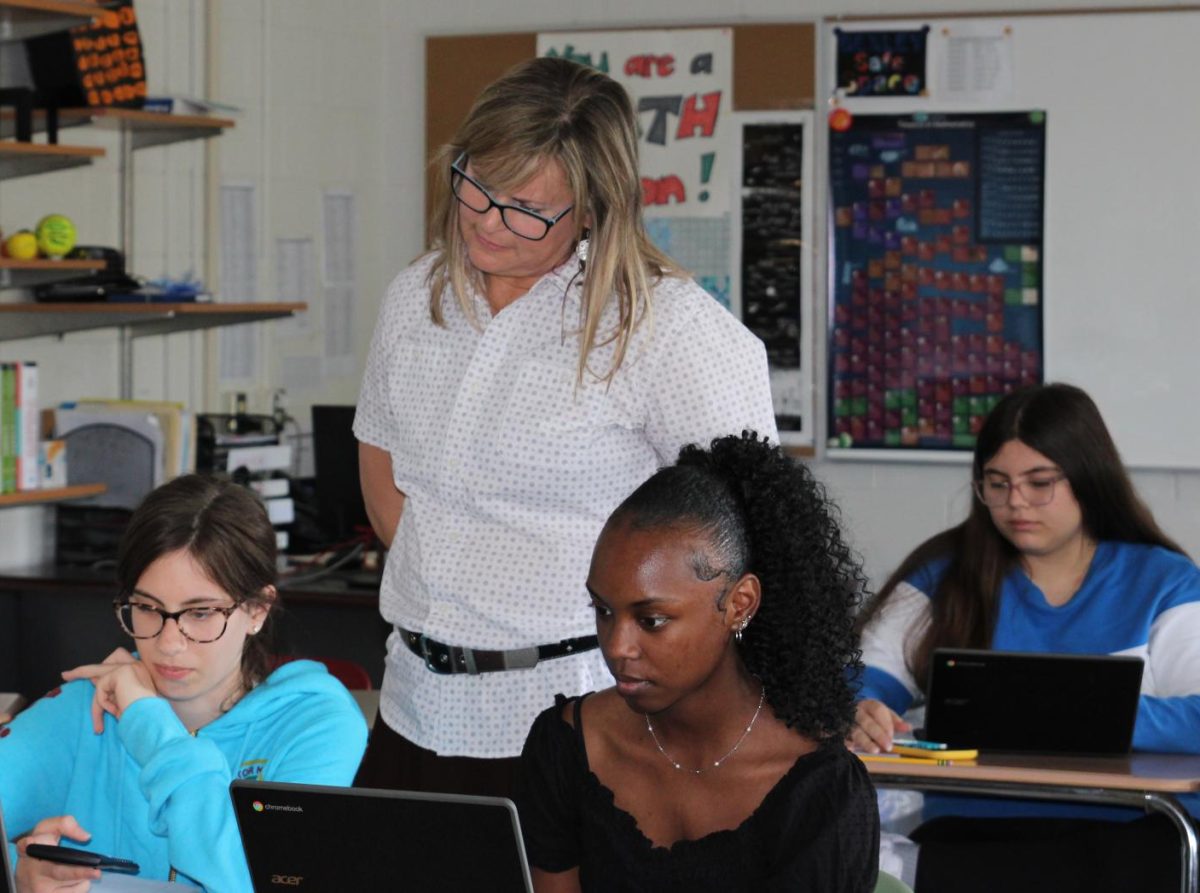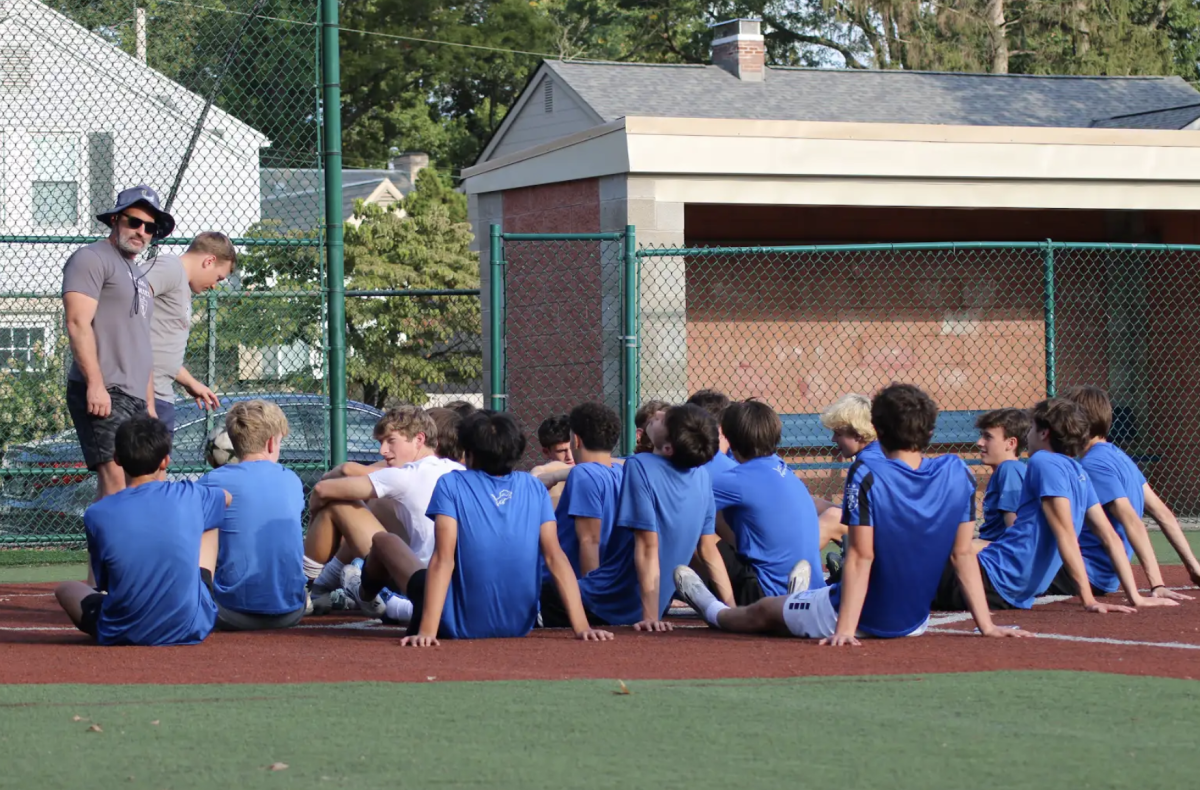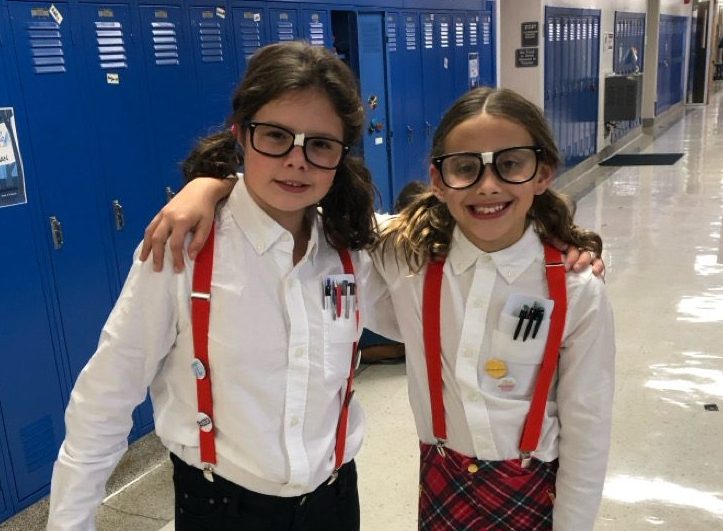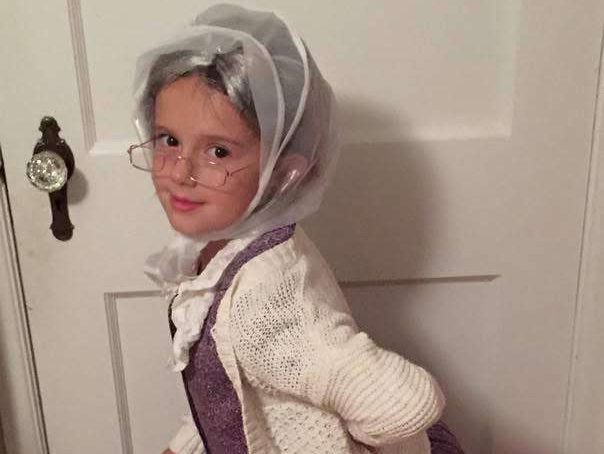In the scholastic world, there often appears to be a hierarchy within the subjects. While courses such as English and math seem to float to the top, others such as art education tend to fall toward the bottom in apparent importance to students’ academic development. However, art classes are more than just electives or a necessary credit only taken to fulfill a graduation requirement. Exposure to an art education is beneficial to a student’s overall educational experience—it not only positively affects school performance but also contributes to a student’s social and emotional well-being.
At the high school, four years of math and English are necessary to receive a diploma. Comparatively, the high school only requires one art credit to graduate. Because of this, art education is frequently overlooked in favor of classes that are deemed more “academically challenging” and are thought to be more beneficial to the competitive college application process.
This sentiment is shared across the nation. The Brookings Institution noted that over the past decade, the presence of arts in schools has decreased, likely due to a rise in the importance placed upon standardized tests.
However, the arts play a necessary role in developing a wel-lrounded student. According to a study performed by Americans for the Arts, 88% of Americans surveyed said they agreed that arts should be part of a balanced K-12 education.
Exposure to the arts can lead to an improved performance in all academic areas. A study was conducted by the Brookings Institution in which certain schools were given increased funding to provide students with a wide variety of art opportunities throughout a school year. At these schools, Brookings noted, students experienced a 13% increase in their writing scores on standardized tests and a 3.6% decrease in misconduct issues.
Not only does exposure to the arts positively impact a student’s
school performance, it also can assist with learning the skills necessary to maintain one’s emotional health. According to the National Association of State Boards of Education, arts educators tend to place an increased emphasis on fostering a “safe space” in their classrooms. There, students are able to be challenged and feel sure of themselves, promoting growth in social and emotional skills. Additionally, NASBE noted, there is a cultural perception of the arts as being passionate and expressive. This tends to contribute to a student’s advancement in their emotional well-being and the capacity to fully convey their emotions.
Though often overlooked in favor of core curriculum, art classes play a vital role in the development of a balanced student. Taking these courses provides students with an opportunity to build their emotional and social skills in a supportive environment. Additionally, the arts can lead to improvement in all subject areas. Art classes are more than just a mere elective to fulfill and move on from. They are a vital component of any well-rounded education.

